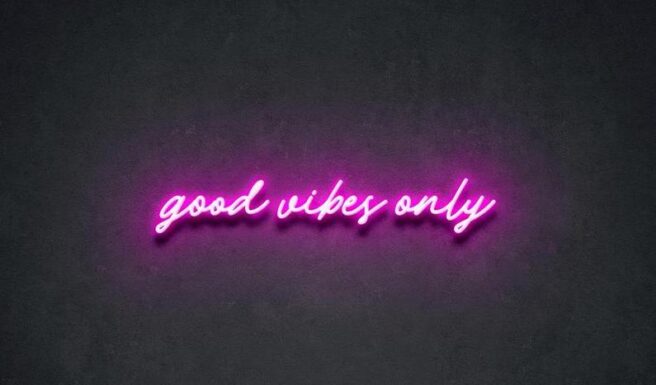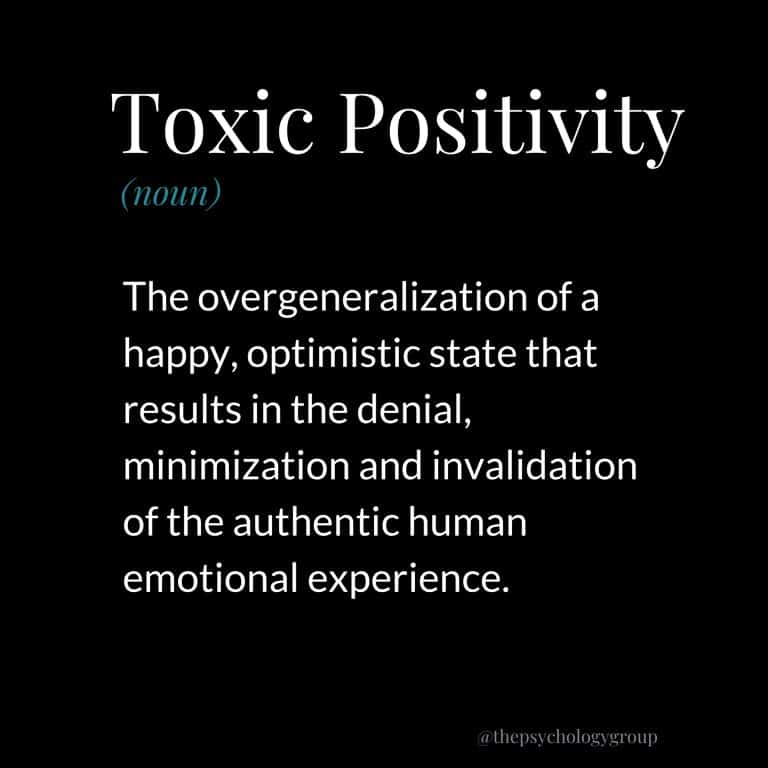Is Liberation “High Vibe?”

Posted by Aimaloghi Eromosele
September 10, 2020

We’ve all seen it a million times. Maybe on somebody’s mother’s Facebook cover photo or a tacky Forever 21 hoodie: “Good Vibes Only”. What does that really mean, though? What exactly constitutes living a #highvibe lifestyle, and where exactly does this fit within our reimagined, liberated futures?
I consider myself to be very spiritual, although not too strongly aligned with any one doctrine. I deeply value my own faith and connection to God (Creator, Oneness, Universe, Source, etc.) and my ancestors. I pray regularly, meditate, honor my spiritual beliefs, and practice as much as possible while giving grace for my human errors. I also consider myself to be a community organizer with a strong commitment to actualizing anti-racist, anti-capitalist, sex-positive, and gender-expansive, liberated futures under a transformative justice framework. With all of that said, I’ve greatly struggled with what it means to live a high vibe life.
Many of us may have a vague idea of what this looks like based on gurus and spiritual teachers. It usually involves eating green vegetables and some kind of mountain meditation retreat. However, even fewer of us know how this phrase even came to be. Granted, there’s not much information on the origins of the phrase, but it notably became popularized by the American rock band, The Beach Boys, with their commercial hit song “Good Vibrations” released in 1966. Inspiration for the song was derived from the group’s co-founder, Brian Wilson’s, wonder with cosmic vibrations and the Flower Power movement of the late 1960s and early 1970s.
This brings us to our next uncovering. What are cosmic vibrations? Back-pedaling to grade school physics, we know that everything is made of atoms, the smallest unit of matter, and they’re constantly vibrating. Additionally, energy is a property of matter. Thus, everything has an energy and everything has a vibration.
High Vibe, according to Urban Dictionary is “a naturally high state. The state of joy one achieves when a person’s actions and beliefs are aligned and all the pieces of their life have integrity and love at its core.” Now, people use high and low vibrations to refer to a variety of claimed experiences and phenomena that defy measurement. So, there aren’t many peer-reviewed scientific studies on how to identify low or high vibrations, leaving much to be further investigated. Still, high vibrations are regularly associated with feelings of gratitude, love, joy, spending time in nature, not passing judgment on others, and eating raw whole foods. Low vibrations are said to come from anger, guilt, shame, jealousy, arguments, resentment, and the like.
My struggle with committing myself to this practice of living “high-vibe” comes from the irony that high vibe culture is often white-washed and coupled with toxic positivity. It is exactly what breeds these low vibrational feelings of shame, jealousy, guilt, and non-acceptance of self, by extracting oneself from their truest emotions and realities.
Being involved in movement work is quite literally my life’s work. It’s the work of my family and my friends. It’s the work of Black folks, NBPOC, women, queer, trans, and non-binary folks. It’s the work of my community. It’s the work of marginalized people who have been doing the work before it was even called “the work”. Our lives cannot be divorced from the struggle. Getting free is an everyday bout and it’s nearly impossible to remove your emotions from it. So, it can feel reductive and even careless to characterize the experience of walking through this world as a queer, Black woman, and all the daily trauma and emotional toll that comes with that as “low vibrational”.
“Be grateful! It could be worse” and “You’ll get over it” are toxic positivity cliches that run rampant in high vibe spaces. “Toxic positivity,” is a phenomenon that psychiatrist Gayani DeSilva described to Health magazine as “an insincere positivity that leads to harm, needless suffering, or misunderstanding.” The Psychology Group defines it as “the excessive and ineffective overgeneralization of a happy, optimistic state across all situations. The process of toxic positivity results in the denial, minimization, and invalidation of the authentic human emotional experience. It carries the implication that negative emotions are something to fear and elude, instead of simply being an unavoidable side effect of existence.” Negative emotions offer us valuable information and send us messages in response to whatever we may be experiencing externally. For example, a riot may just look like destruction and chaos at a glance, but in actuality, it is manifestations of generational anger and pain from being mistreated and oppressed by the white supremacist, capitalist bourgeoisie.

Toxic positivity often lends itself useful for those who buy into the “pull yourself up by the bootstraps” mentality, a common phrase in American political discourse, particularly present in conservative rhetoric about self-reliance. Essentially, it means to succeed or elevate yourself without any outside help. (I’d like to add that pulling yourself up by your bootstraps is actually physically impossible. The original meaning of the phrase was “to try to do something completely absurd.”) So, terms like high vibe and low vibe can act to negatively to elevate one group of people while demonizing another. Expressions like this are completely dismissive, and ignorant of the very real barriers to access that marginalized folks face, evoking shame at one’s circumstances. To force a positive outlook on pain is to encourage a person to keep silent about their struggles and thwarts the chance for restorative justice to occur.
It is this same high vibe culture that keeps many from being involved in community aid and intervention because the reality of the world is too tragic and will “lower your vibration.” However, being in movement spaces has given me permission to feel and heal more than this capitalist society ever has, even under the guise of mainstream traditional wellness and good vibes. Involvement in movement work has graced me with a community that is committed to the same vision I am and strive towards liberation in their everyday actions. Organizing has given me community care, power, accountability, and countless tools to raise my vibration that kombucha and a ginger shot could never do.
Not to be misunderstood, this isn’t encouragement to sit in “sad” feelings forever or to embrace every negative emotion that is put upon us. Only the spirit of our own natural discernment can show us what is worth struggling through and what is not. However, faking the funk is more detrimental than just sitting in it. This also isn’t to say that we shouldn’t center gratitude and happiness in our lives because of our circumstances. In fact, I argue for very much the opposite. In our striving towards collective liberation, it is my dream for all people to live and love freely without fear of oppression or suffering. It is my dream for our lives to be pleasure-centered and riding on the highest vibration imaginable.
More than anything, this is my plea for a collective reclamation of what it means to live high-vibrationally, and a call to act on our autonomy to define it for ourselves. It’s more than juicing and yoga and white-washed wellness practices. High vibe is nothing new. It is ancestral. It is communal. High vibrational living is the lows and highs and cyclical nature of unlearning traumas and relearning care. A high vibration means dealing with situations that may be difficult, knowing that you will come through them stronger, with a better understanding of yourself. It means taking responsibility for ourselves and one another, doing the work, asking questions, standing up for what is just and true. High vibe is living a life of integrity, with the full inclusion of all that life has to offer: joy and grief, birth and death, and all that lies in between. Our highest vibrating feeling is love, and love is liberation.
“It is in collectivities that we find reservoirs of hope and optimism.”
― Angela Y. Davis, Freedom Is a Constant Struggle
Leave a Reply
You must be logged in to post a comment.

